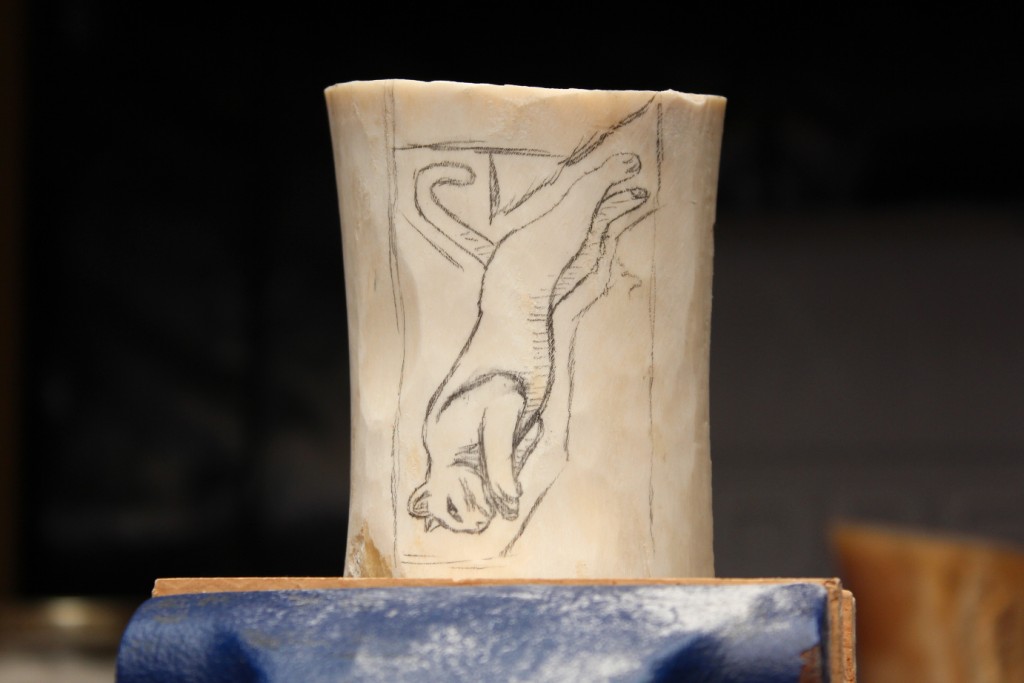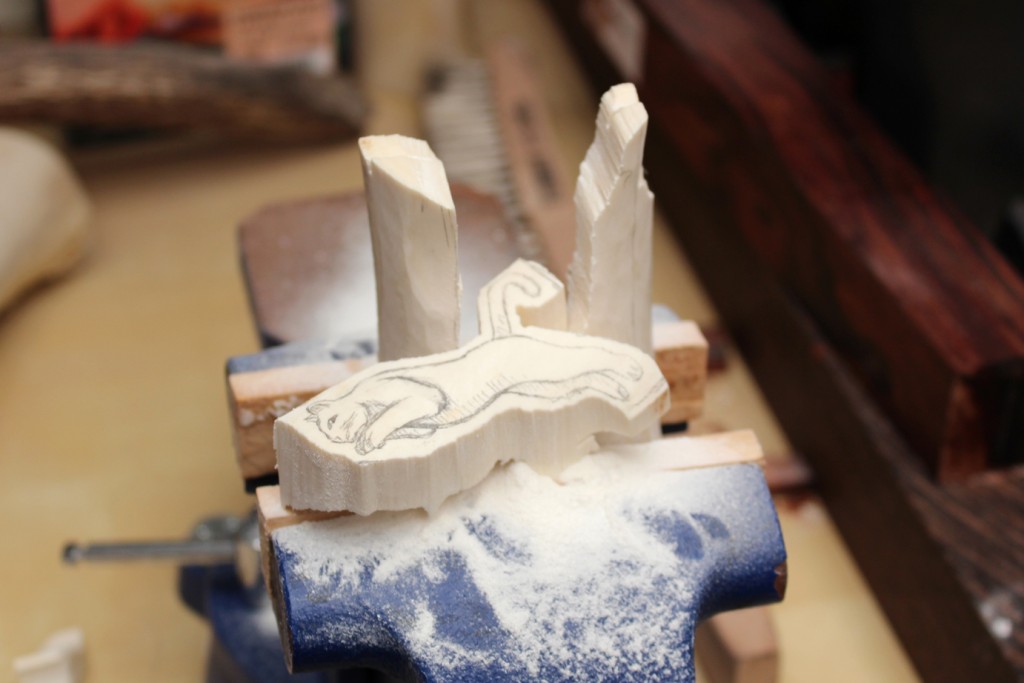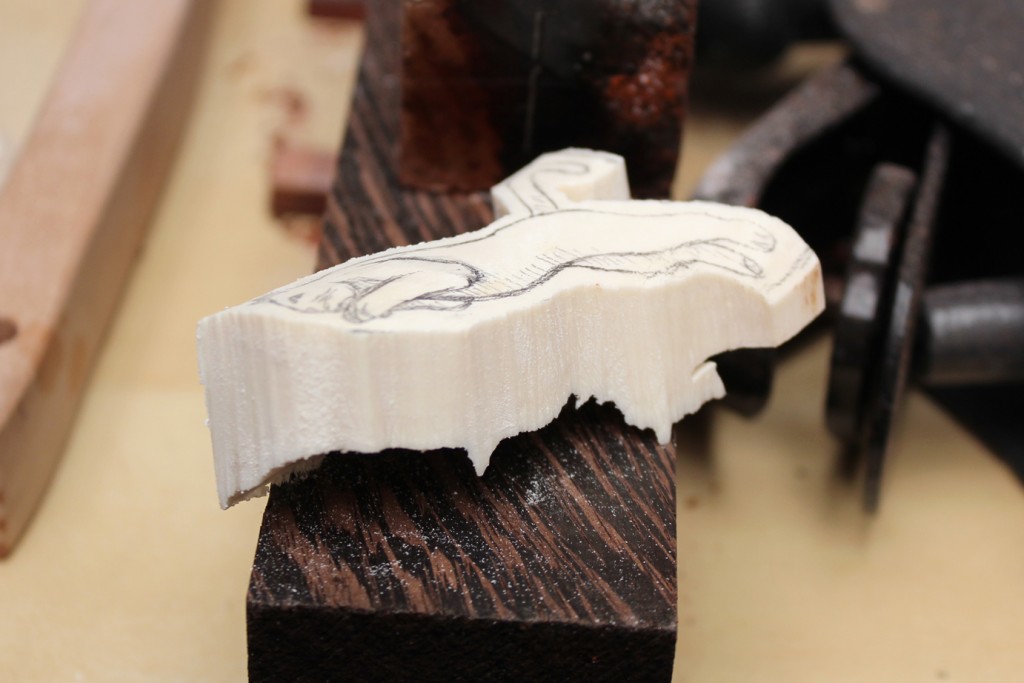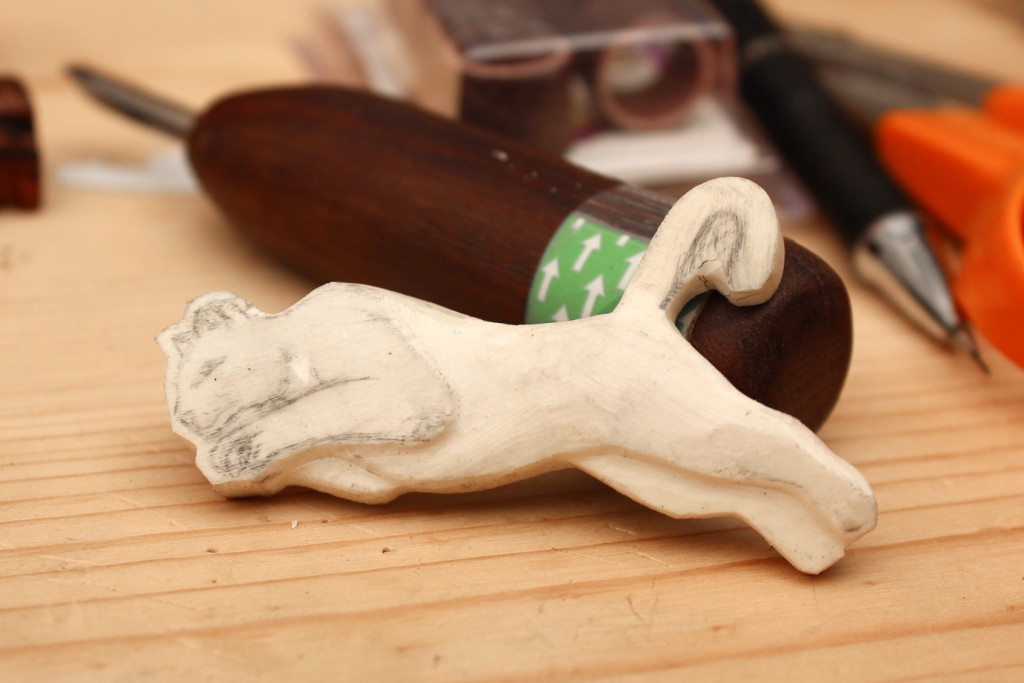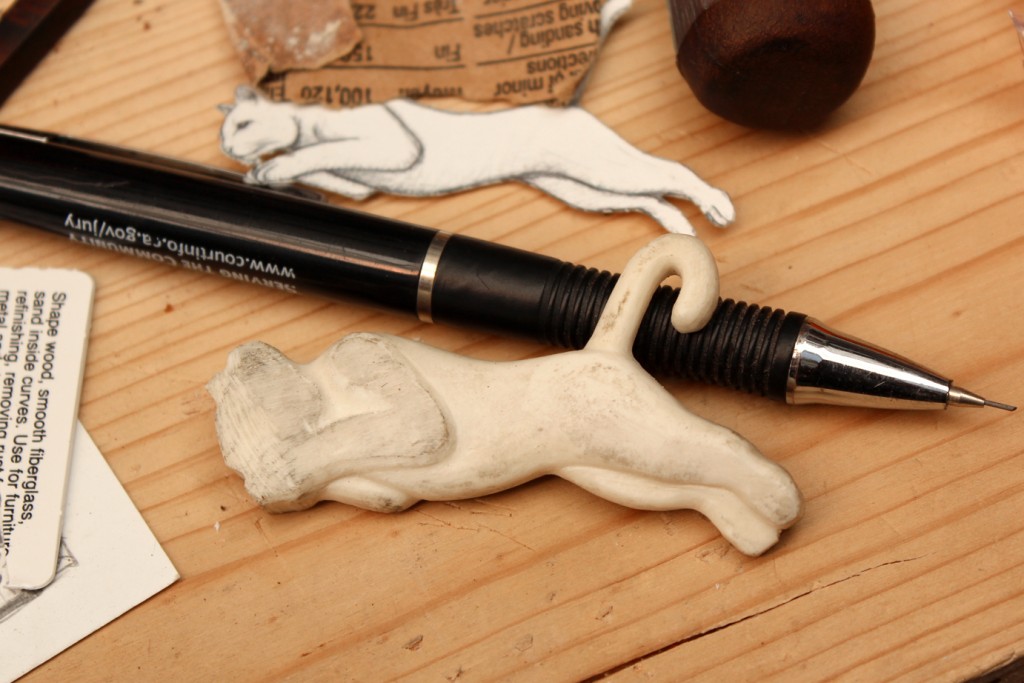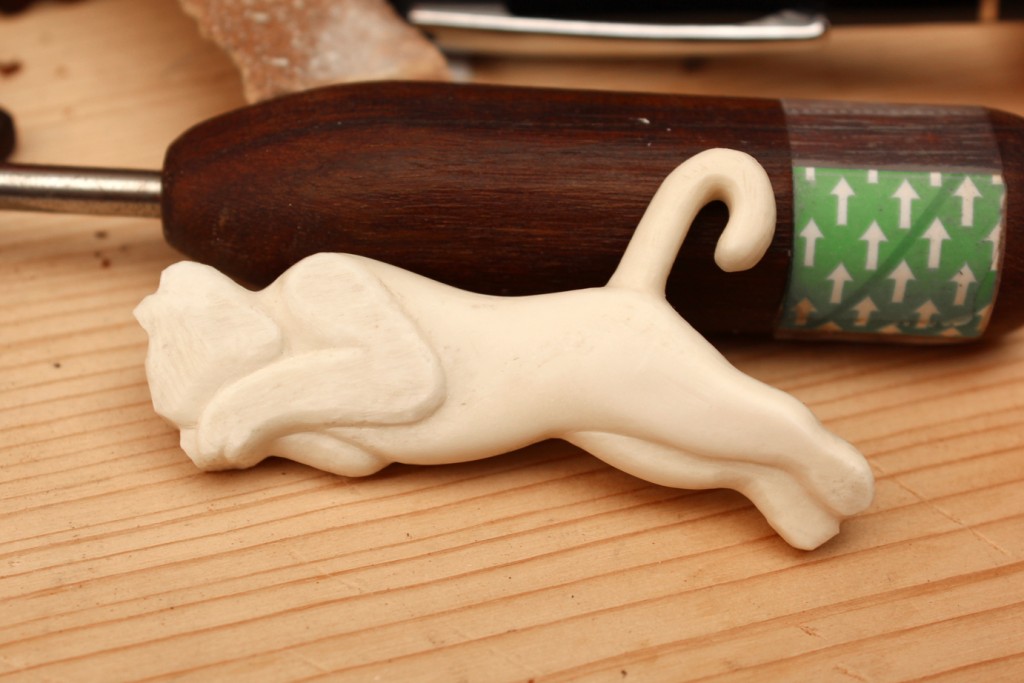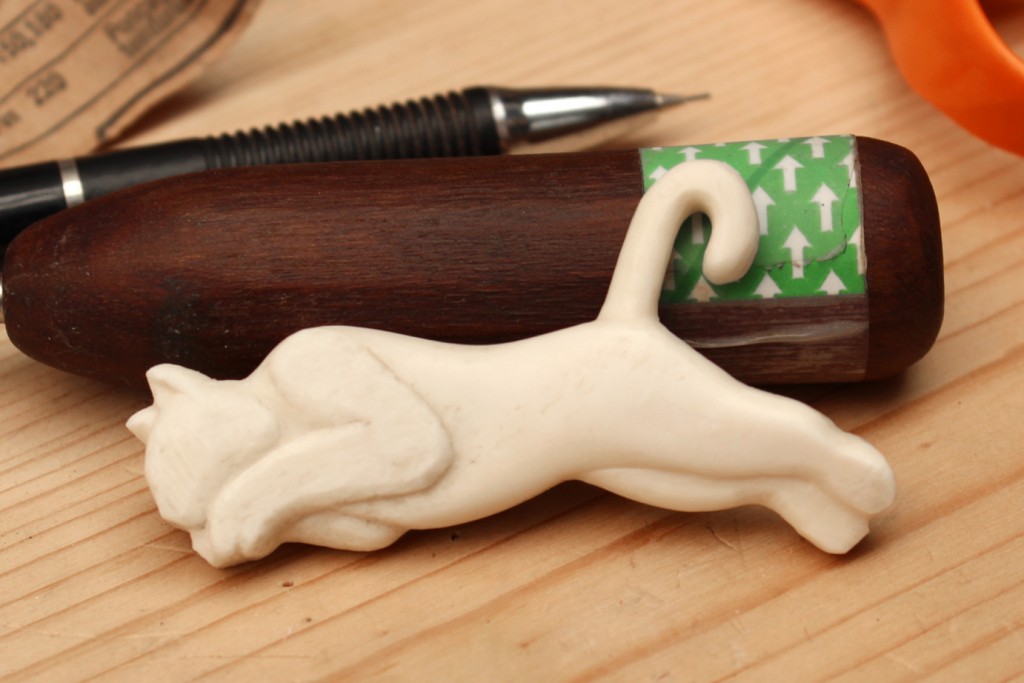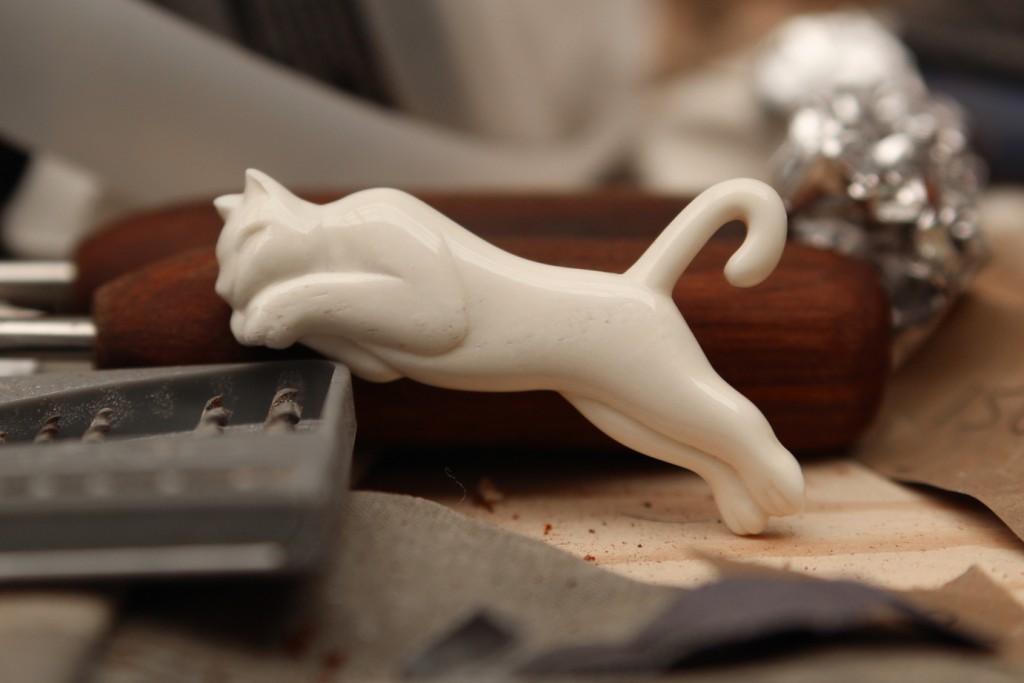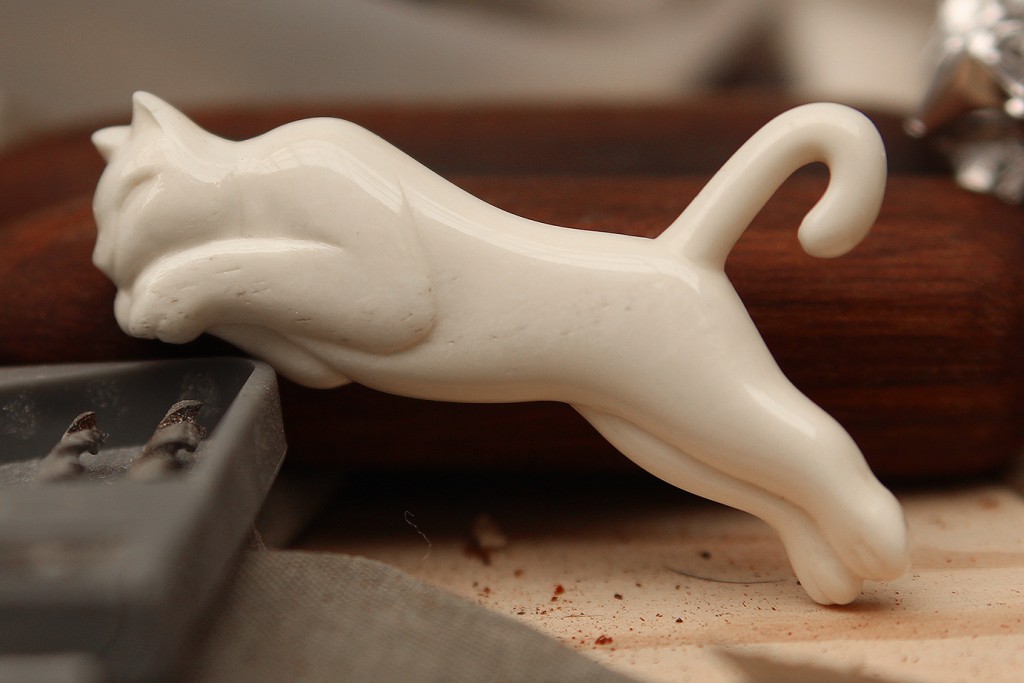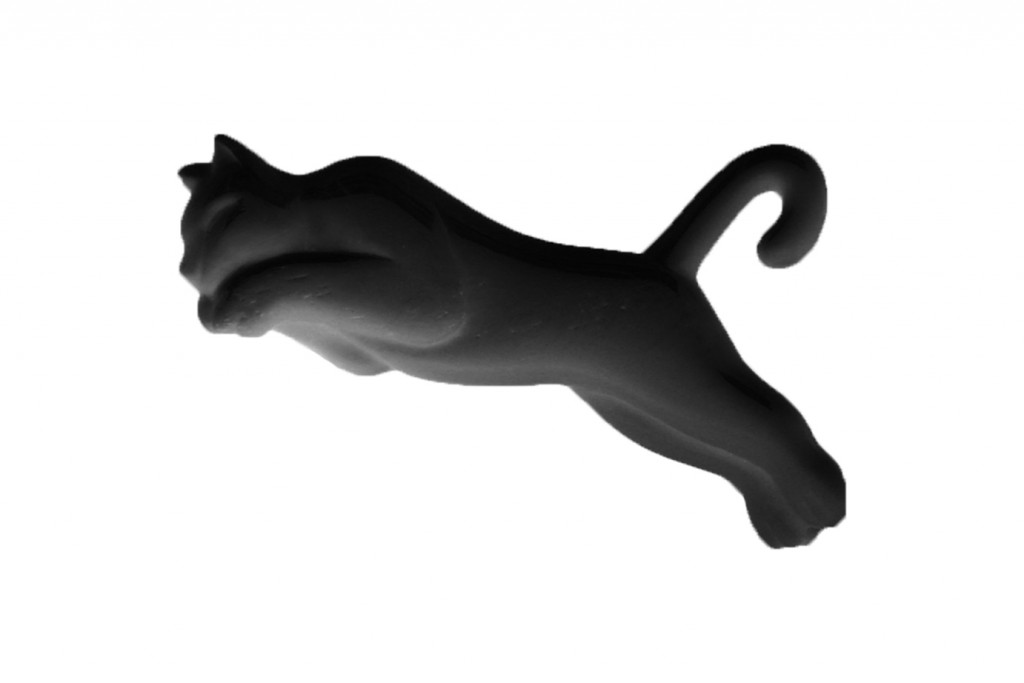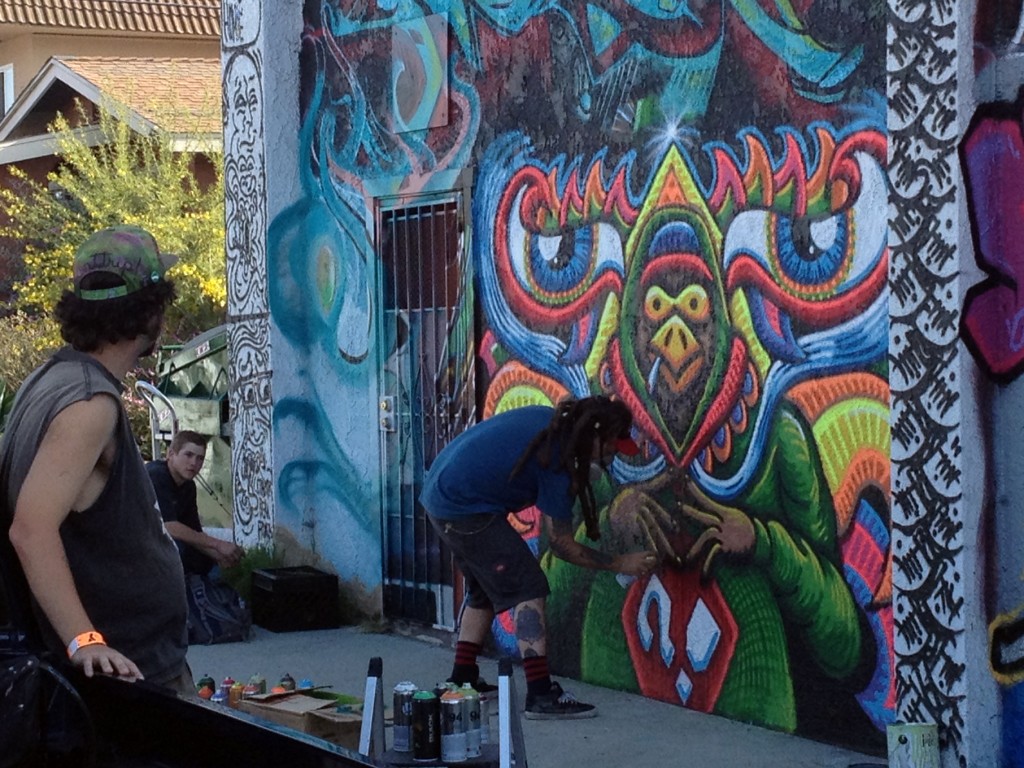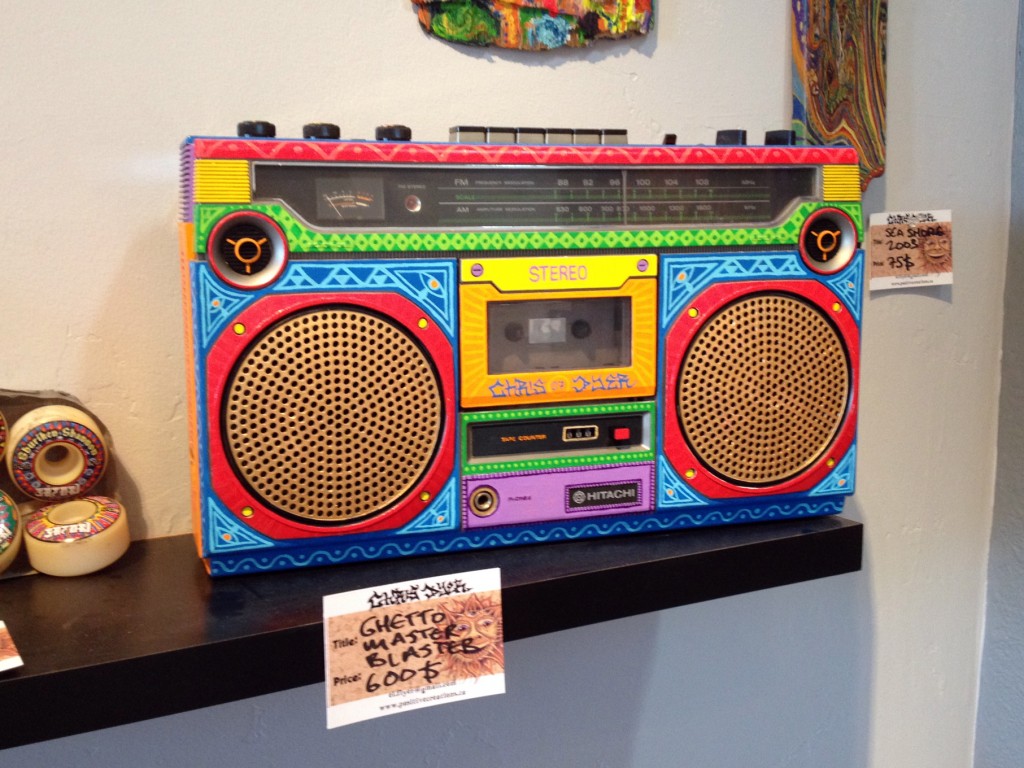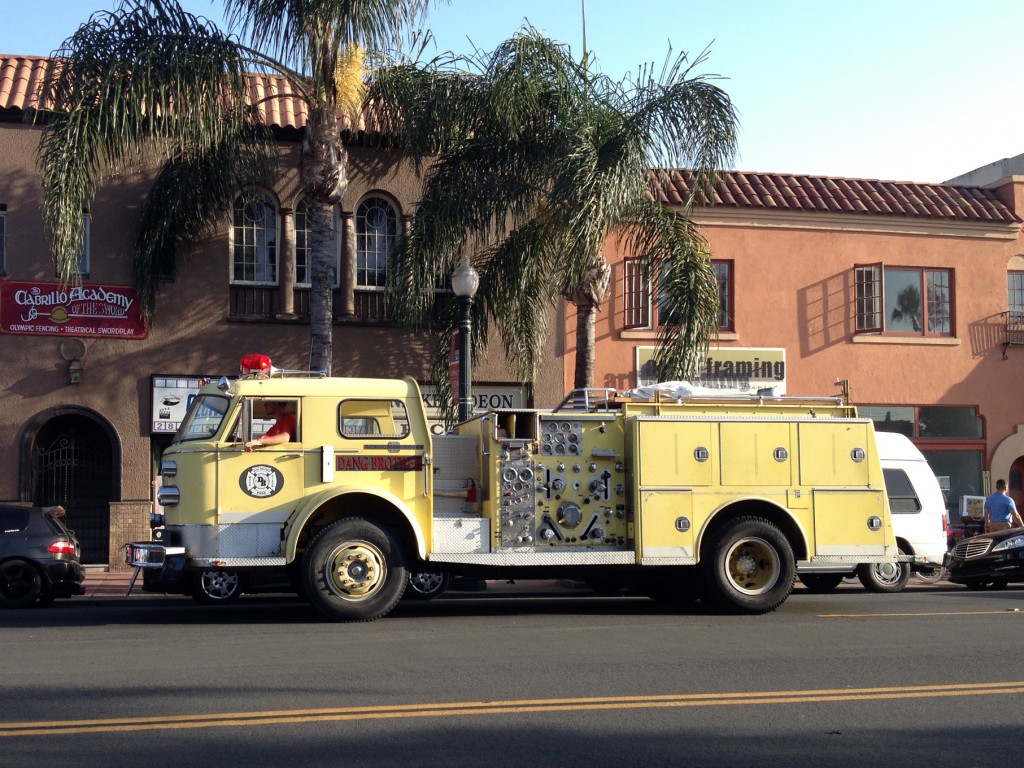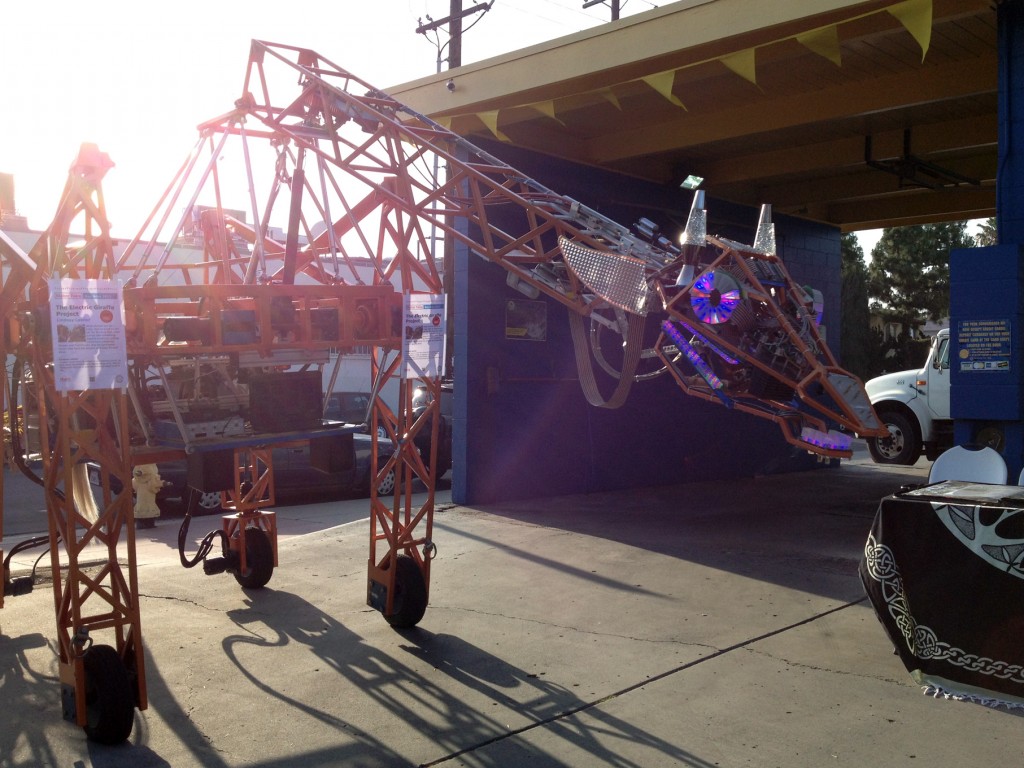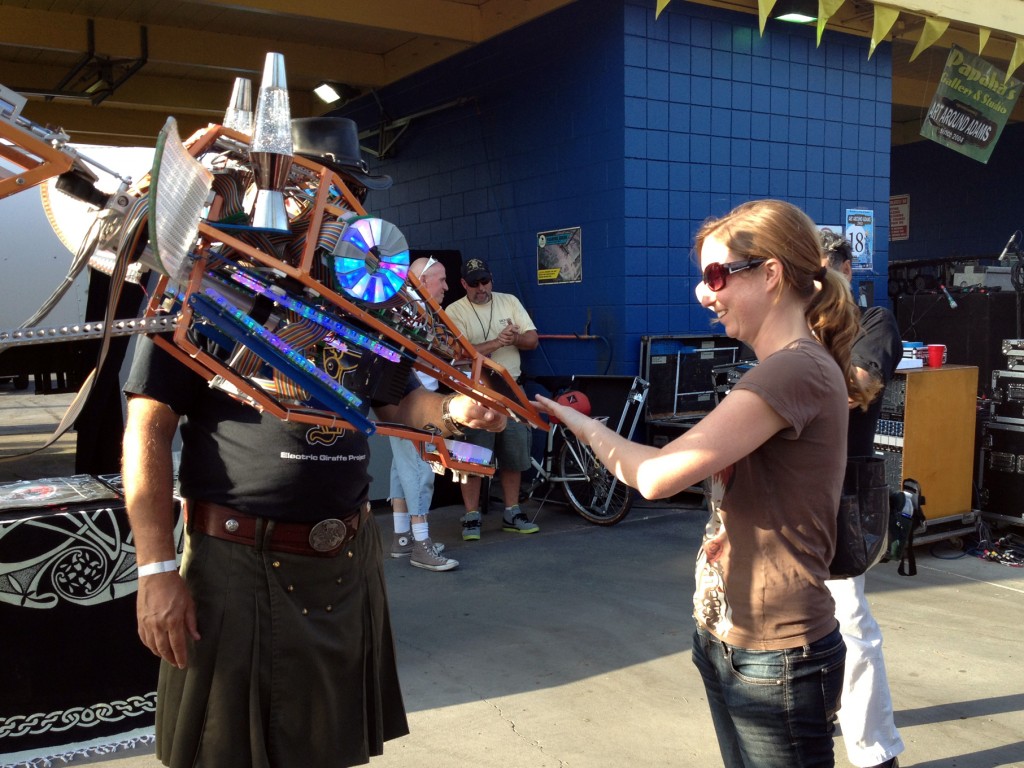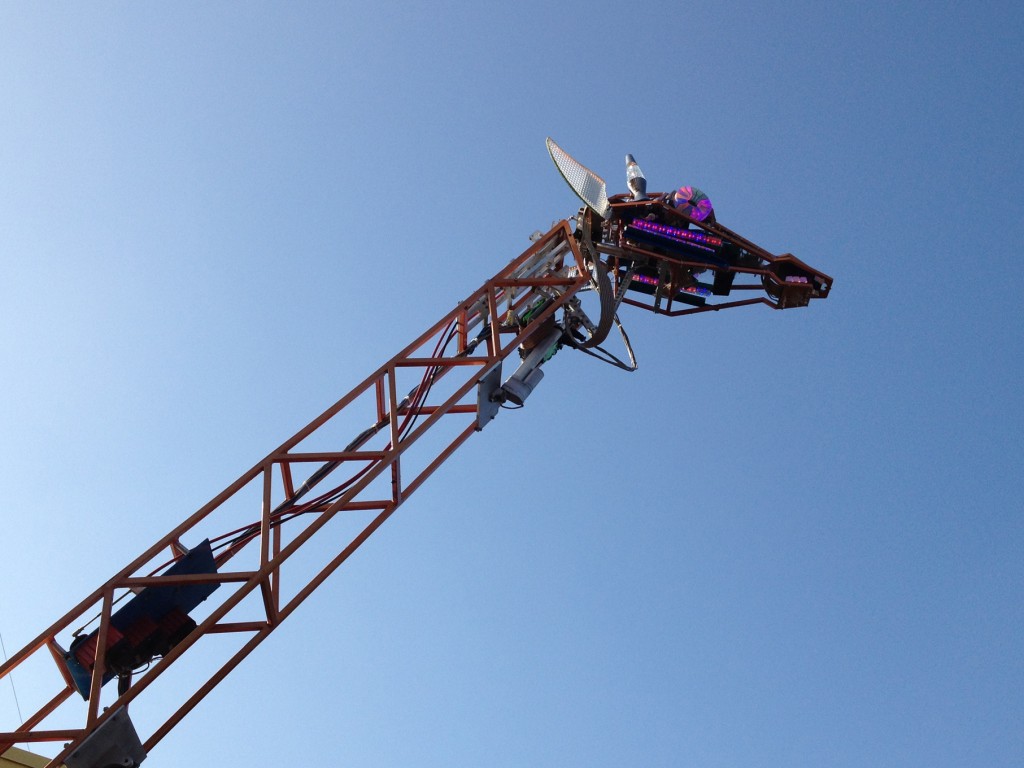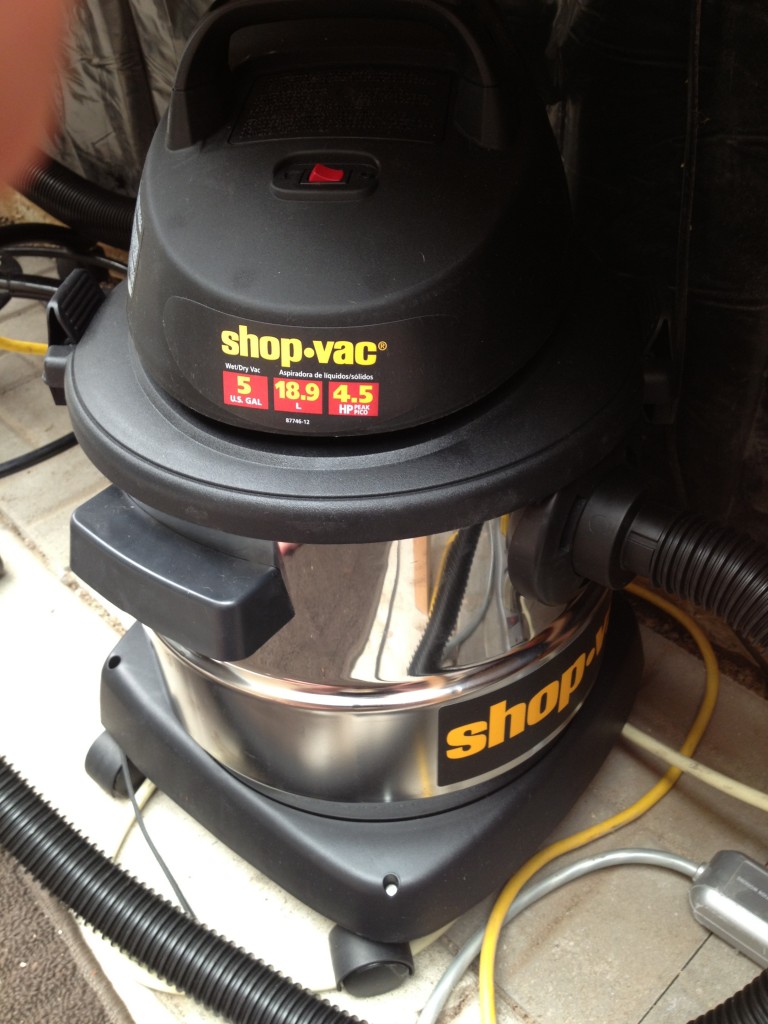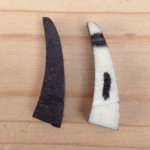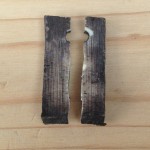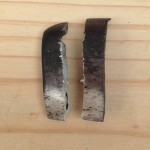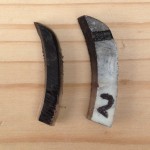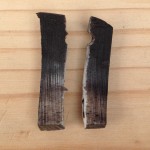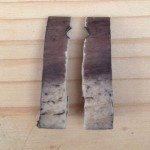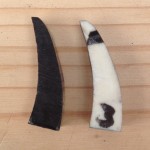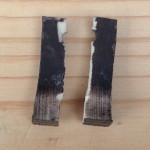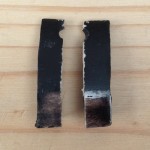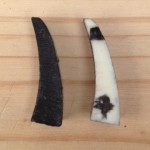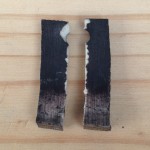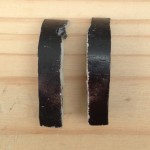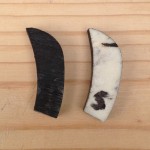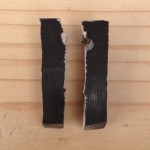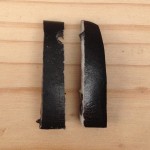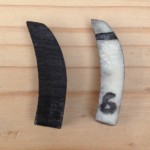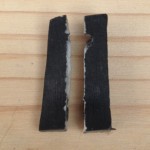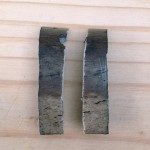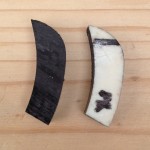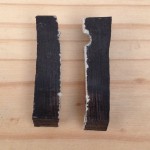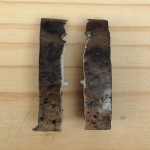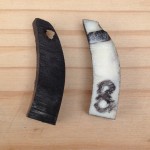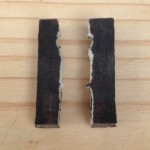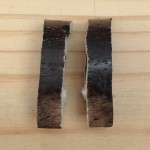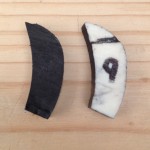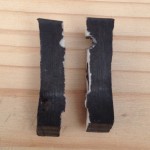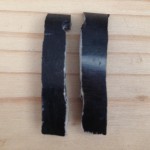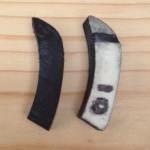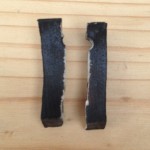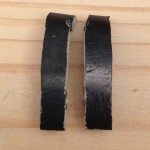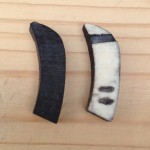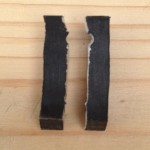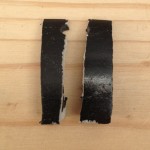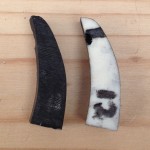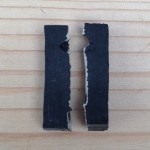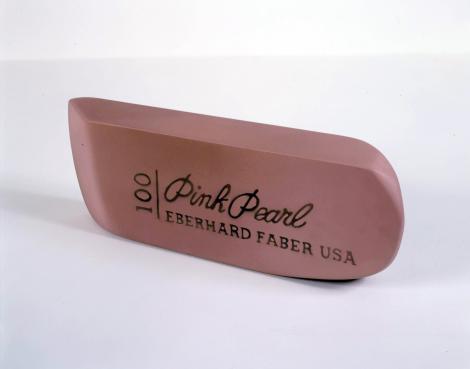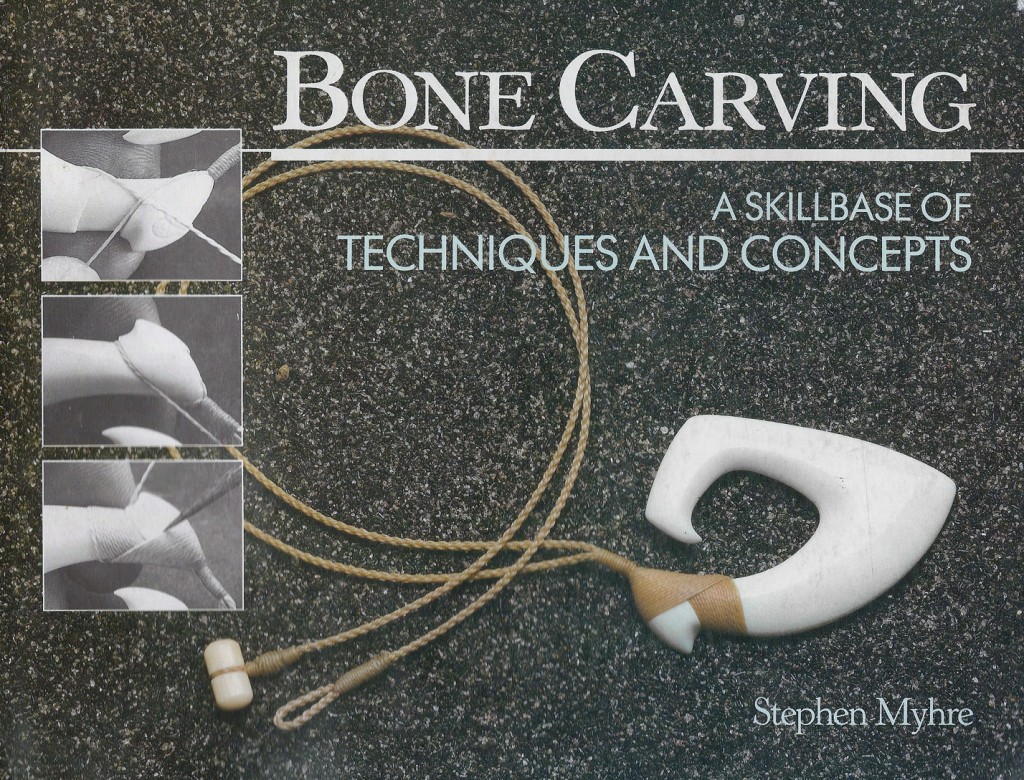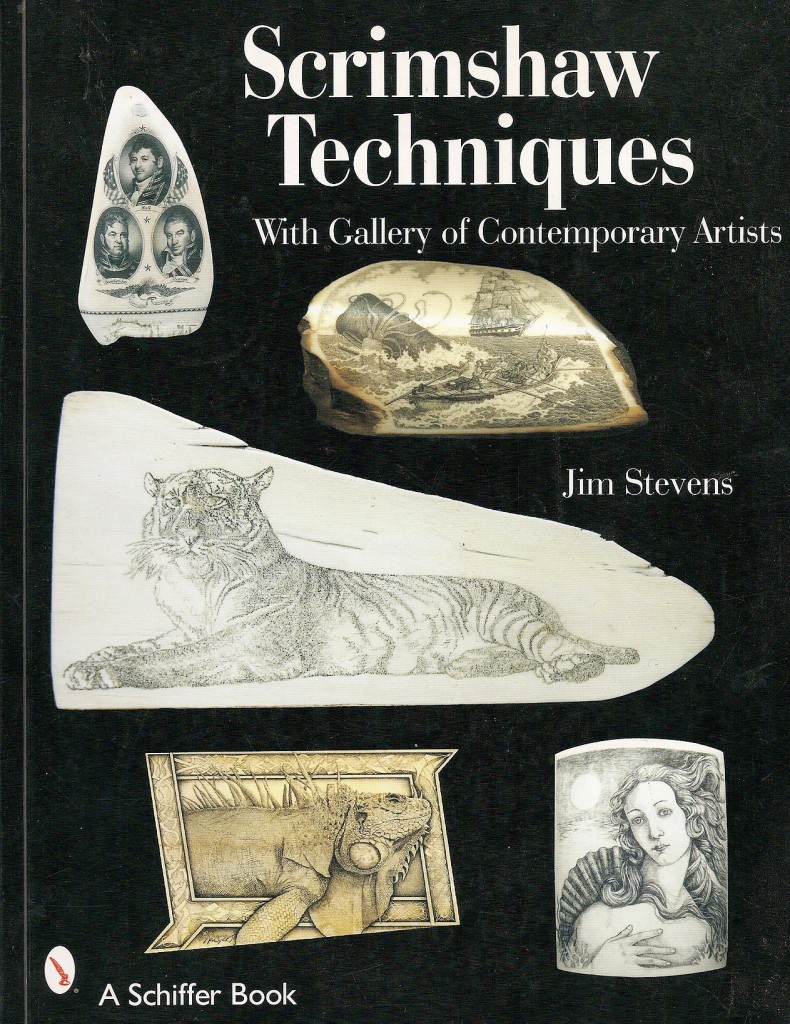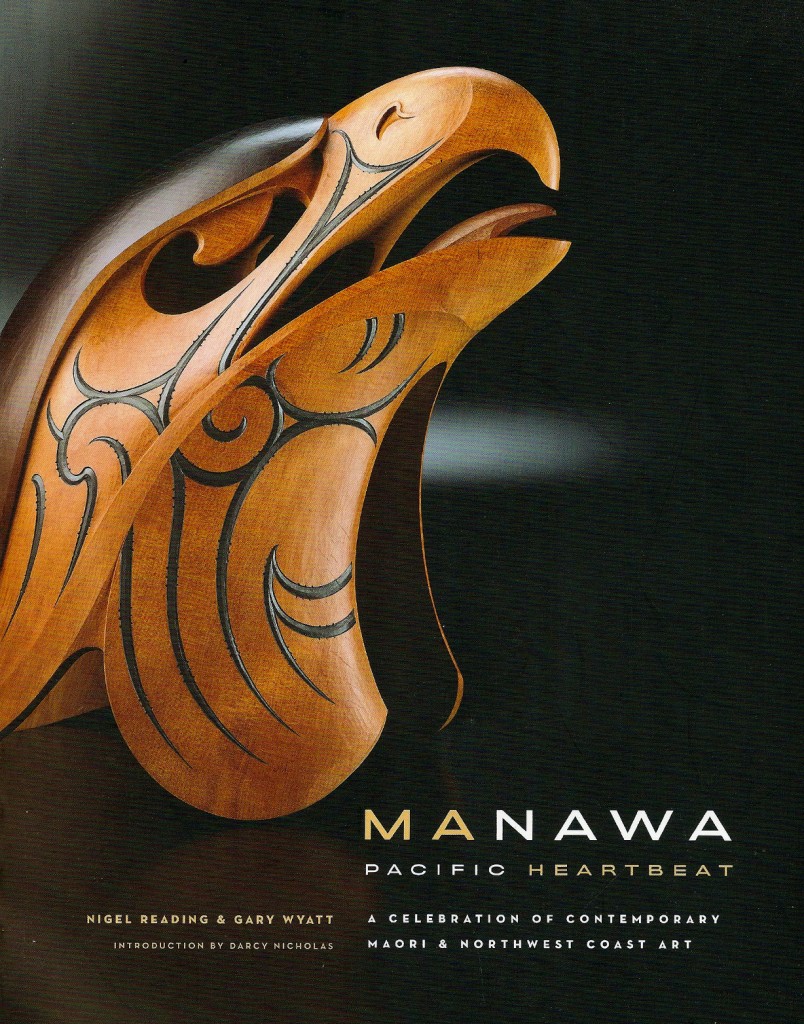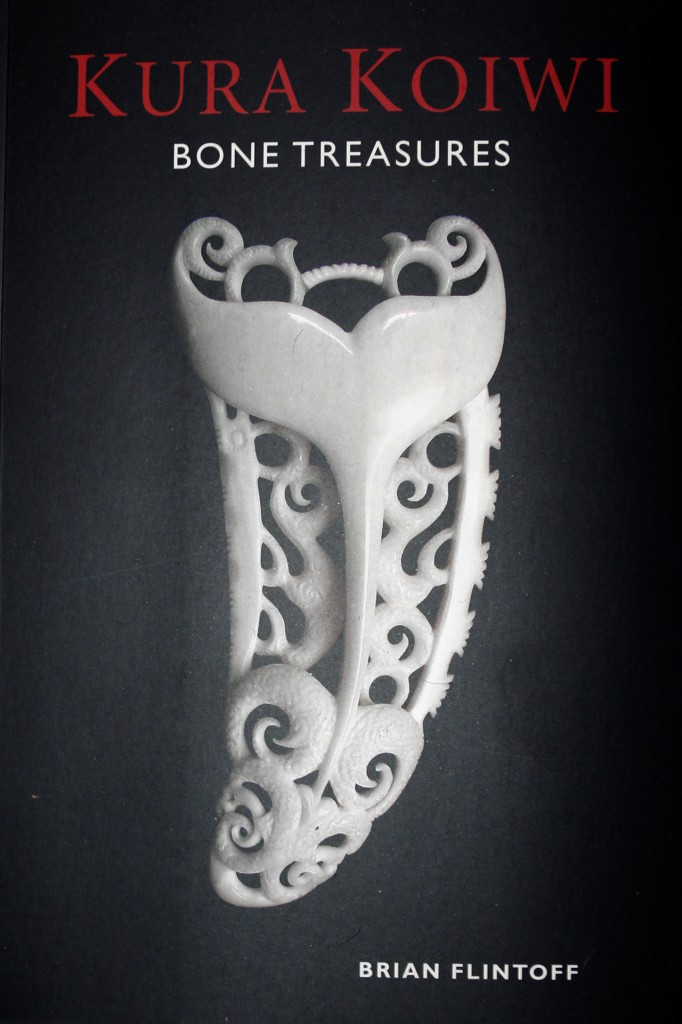This is the piece we did the dye tests for. I like the texture that came out of the surface so I’m hesitant to attempt to dye it black but whatever the patron chooses will be ok. This design took much longer than In anticipated even though I tried to keep it very simple. It feels like I carved it several times over before I was happy with the proportions. I learned a lot especially using the graver tools and carving in relief. If we try to dye it I am not sure how the piece will turn out but I am eager to see.
Author Archives: tj
Art on Adams (Adams Ave Art Walk) 2013
Just some of the sights we saw on our visit to the Adams Ave art walk about a month ago. The Meca-Giraffe was supposedly a fully functioning robot that would respond to your interactions with it and the old yellow fire-truck had a BBQ on the back and seemed to be some kind of party/fire-truck. I saw a lot of great art which I didn’t photograph but hopefully you get the idea. Its worth checking out to be sure.
Studio Tapu space as of June 2013.
 Studio Tapu space as of June 2013.
Studio Tapu space as of June 2013.
I used a panoramic feature on my phone to capture this shot but it is actually a very narrow patio which runs down the aside of our apartment and out onto a larger bbq area in the back. The studio is very messy right now and I am working on too many projects at once to keep things organized.
Below is the latest addition to Studio Tapu. I’ve come to a point with carving where keeping the studio clean and dust free is crucial not just for my health but also just to keep me motivated. This Shop-Vac was about $60 and a pretty good deal for what it is I think. I have it rigged up to attach to a vent on my work-bench and also to attach to a vent inside the carving chamber. The hose is pretty long so its easy to give the studio a once over after working but because it is quite powerful I have to be careful not to get it too close to any of the little accessories i use for carving etc.
Bone Dying Instructions and Results
I asked my wife to help sift through all the research I did online and she came up with the following experiment to see which processes worked best for turning bone as black as possible without loosing too much of the surface texture. The results so far suggest that the rougher the bone’s surface the more the dye will infiltrate but it didn’t soak into the bone very deep on any of the pieces.
Bone Dying Test: Instructions
Degreasing (after this step, wear gloves)
- oven cleaner method: follow instructions on product
- dish soap: wash like a dish, rinse
- nothing: easy
Surface Treatment
- sand to 1500 grit
- sand to 1500 grit, then soak in vinegar 30 minutes and rinse in water with baking soda
- sand to coarse grit
Dyeing (use 2 small pots for different time lengths)
- put pieces into pot
- cover with just enough (normal temperature) water
- add a few drops dishwashing liquid
- bring to simmer (NOT BOILING)
- add ¼ bottle of dye (+ salt if dye container says so)
- keep at simmer (NOT BOILING) for either 15 minutes or 1 hour
- remove from heat and allow to cool (keep bone in pot)
- once water has cooled to room temperature, remove and rinse pieces
Finishing
try nothing, mineral oil, or carnuba wax
| 15 minutes in dye | |||
| no degreasing | dish soap | oven cleaner | |
| fine sand | 1 – light grey | 2 – light grey | 3 – light grey |
| coarse sand | 1 – grey | 2 – grey | 3 – grey |
| vinegar | 4 – near black | 5 – Black | 6 – Black |
| 60 minutes in dye | |||
| no degreasing | dish soap | oven cleaner | |
| fine sand | 7 – grey | 8 – grey | 9 – dark grey |
| coarse sand | 7 – black | 8 – near black | 9 – black |
| vinegar | 10 – Black | 11 – Black | 12 – Black |
Photos of pieces after treatment:
Back to STUDIO TAPU HOME
Panther Toe nails – Staining bone black experiment 1: Black Dye Process
The following pictures demonstrate how we prepared and dyed the bone in the first attempt to get black bone without loosing too much of the quality of the bone. (Complete steps in next post)
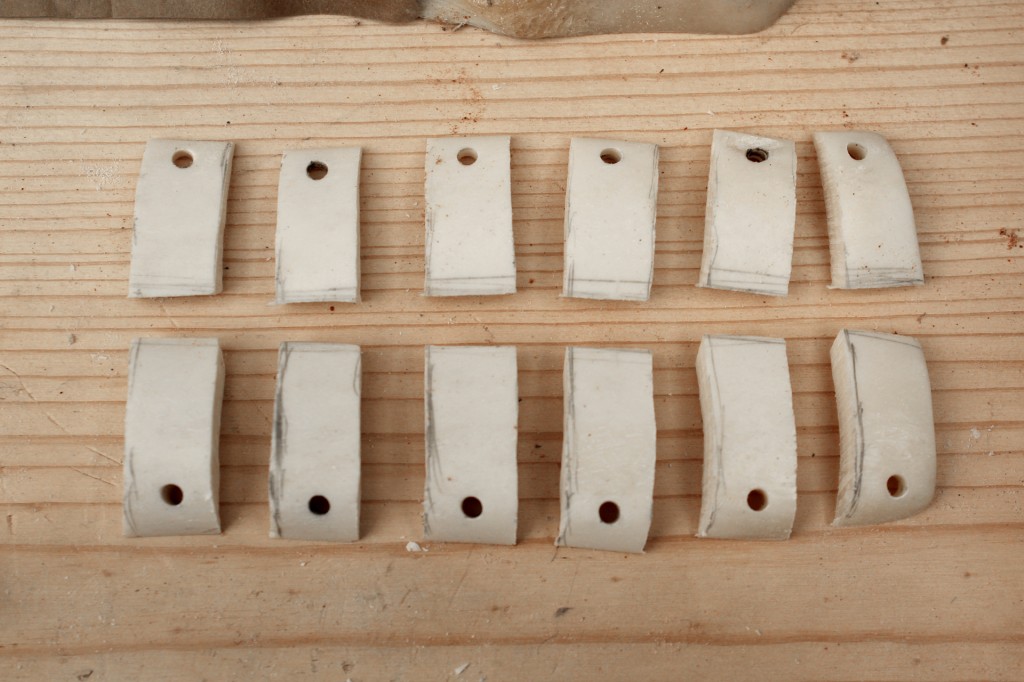 (Above) First off, I made 12 ‘Panther toe-nails’ from two slightly different pieces of bone. I sanded the front of all up to Fine 1500 grit and left the other sides at Coarse 100 grit. I didn’t spend that much time on sanding, I just wanted to get an idea of the impact on the various surfaces.
(Above) First off, I made 12 ‘Panther toe-nails’ from two slightly different pieces of bone. I sanded the front of all up to Fine 1500 grit and left the other sides at Coarse 100 grit. I didn’t spend that much time on sanding, I just wanted to get an idea of the impact on the various surfaces.
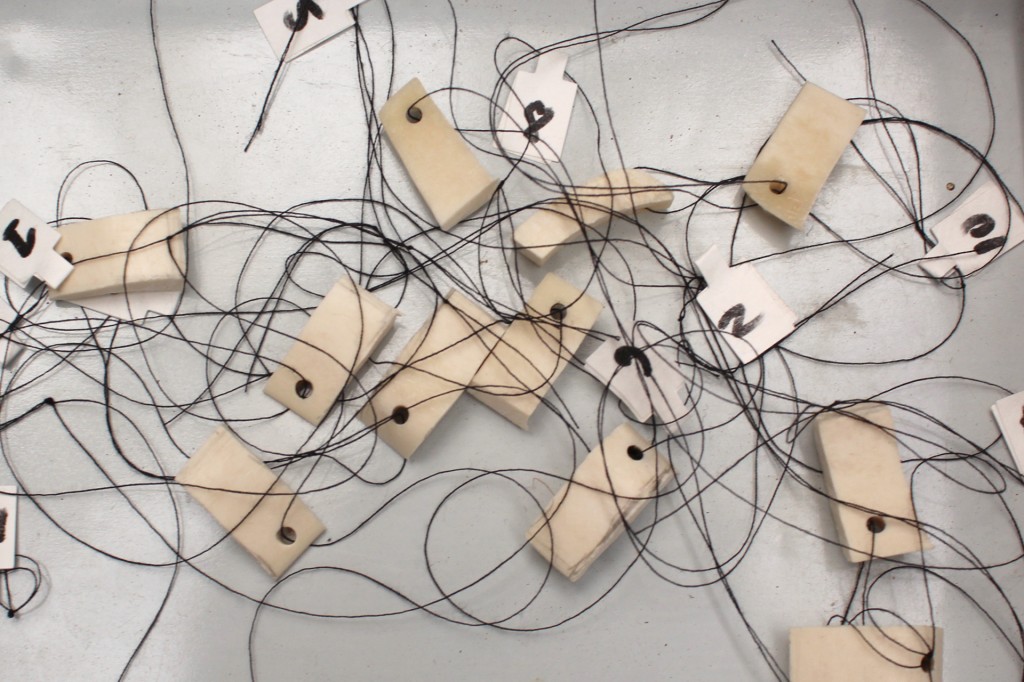 (Above) Next, we labeled each of the pieces one through twelve.
(Above) Next, we labeled each of the pieces one through twelve.
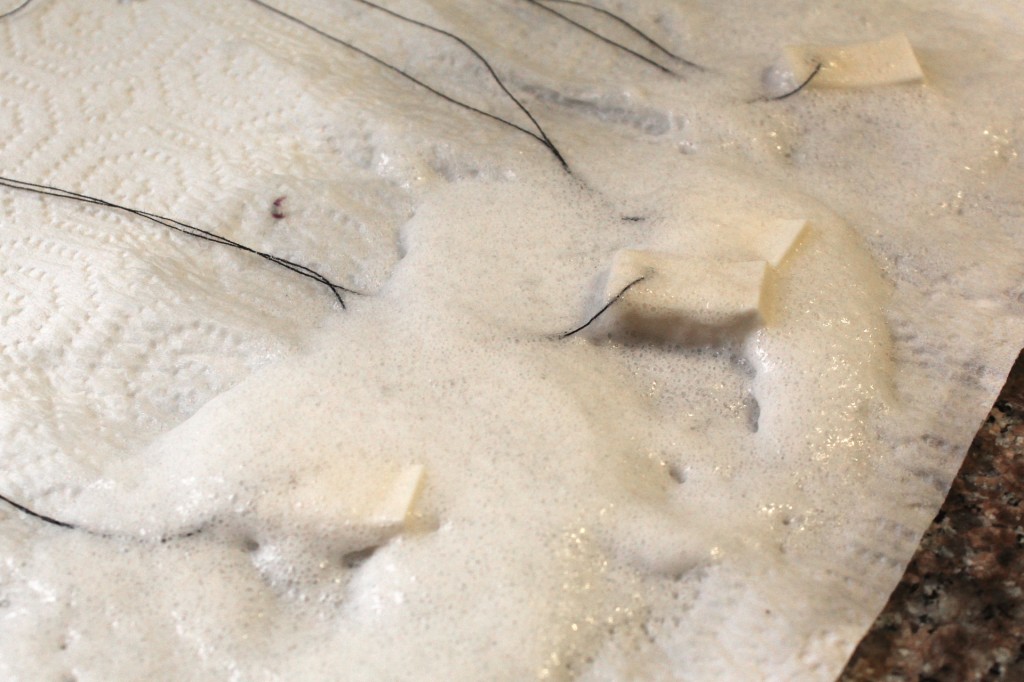 (Above) Some of the pieces were degreased in oven cleaner while others were scrubbed with dish-soap to see if we could get the oils out of the bone. Also some pieces were left alone.
(Above) Some of the pieces were degreased in oven cleaner while others were scrubbed with dish-soap to see if we could get the oils out of the bone. Also some pieces were left alone.
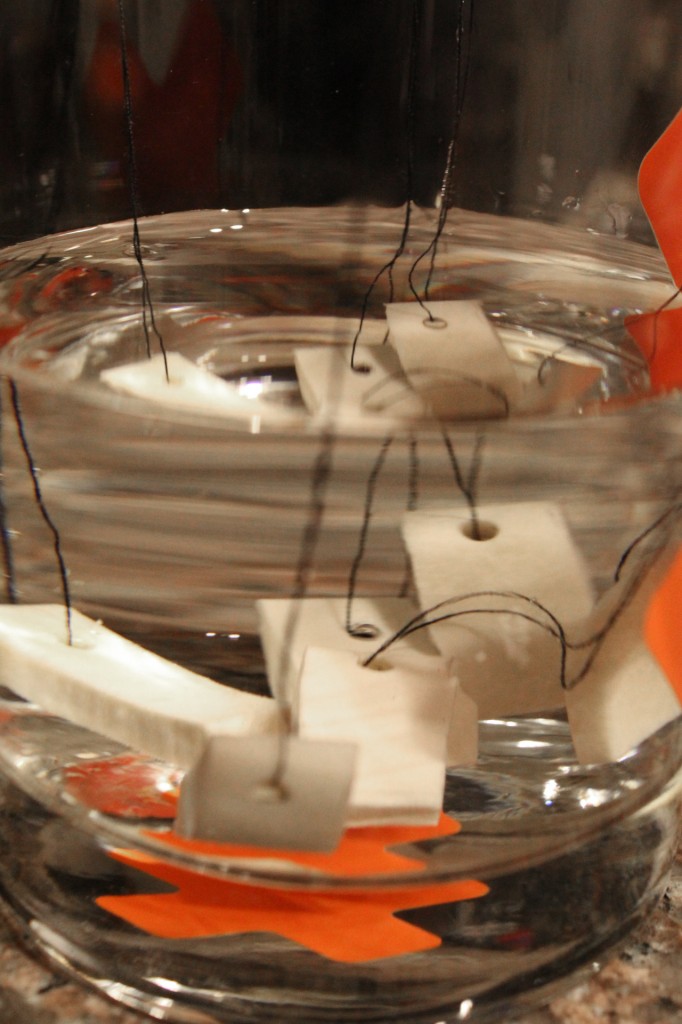 (Above) In this step, we just soaked some of the pieces in vinegar to slightly roughen the surface.
(Above) In this step, we just soaked some of the pieces in vinegar to slightly roughen the surface.
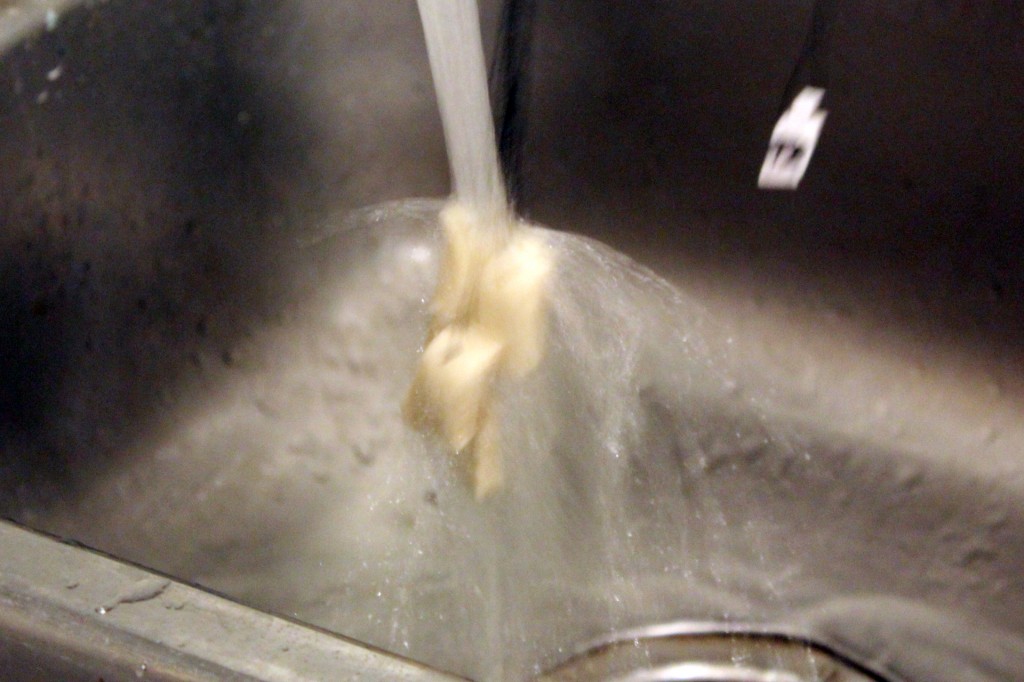 (Above) We also thoroughly rinsed the vinegar off the pieces that were soaked.
(Above) We also thoroughly rinsed the vinegar off the pieces that were soaked.
 (Above) Then we neutralized the vinegar with a solution of baking soda and rinsed again.
(Above) Then we neutralized the vinegar with a solution of baking soda and rinsed again.
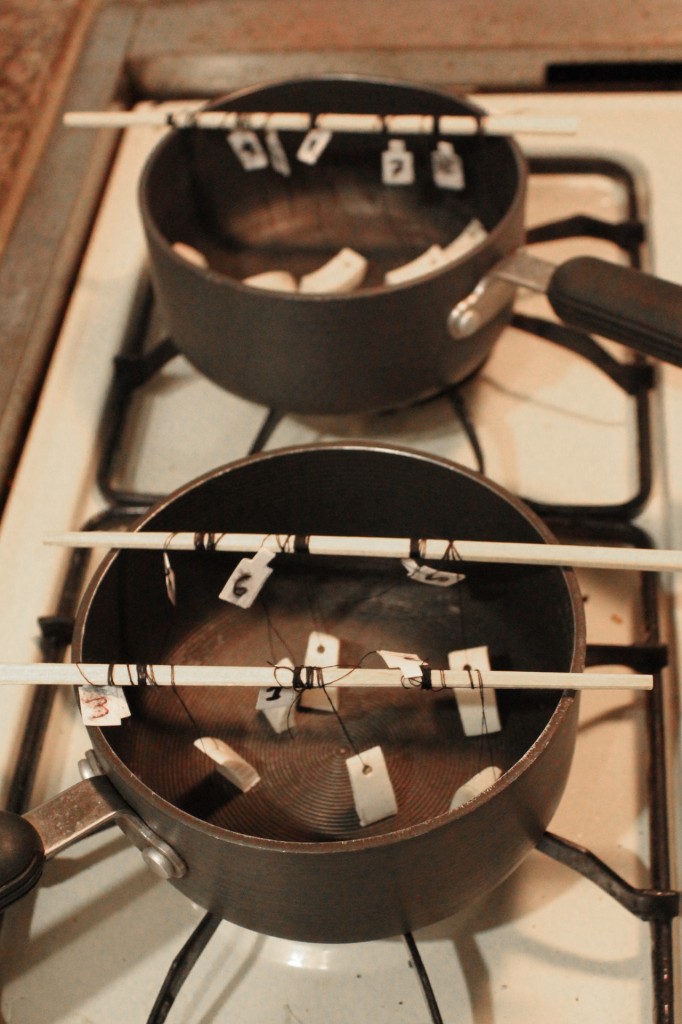 (Above) Next, we tied the pieces to chopsticks and put them in pots.
(Above) Next, we tied the pieces to chopsticks and put them in pots.
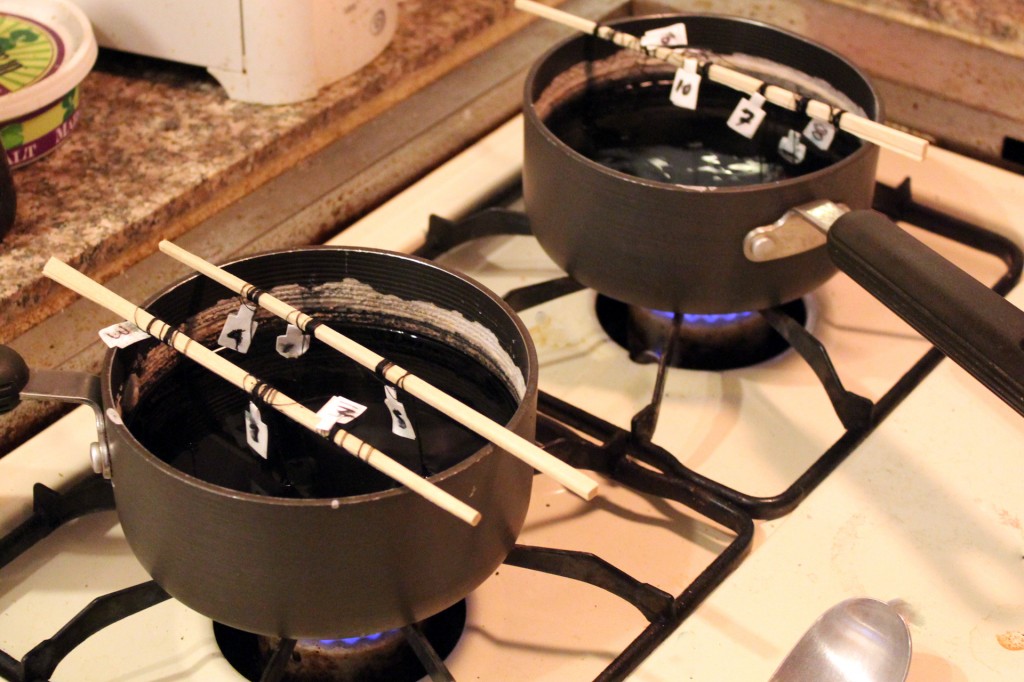 (Above) We filled the pots with just enough water to cover the ‘toe-nails’ (2 cups) and added a little bit of dish soap to each along with 4 tablespoons of the black dye and a 1/4 cup of salt.
(Above) We filled the pots with just enough water to cover the ‘toe-nails’ (2 cups) and added a little bit of dish soap to each along with 4 tablespoons of the black dye and a 1/4 cup of salt.
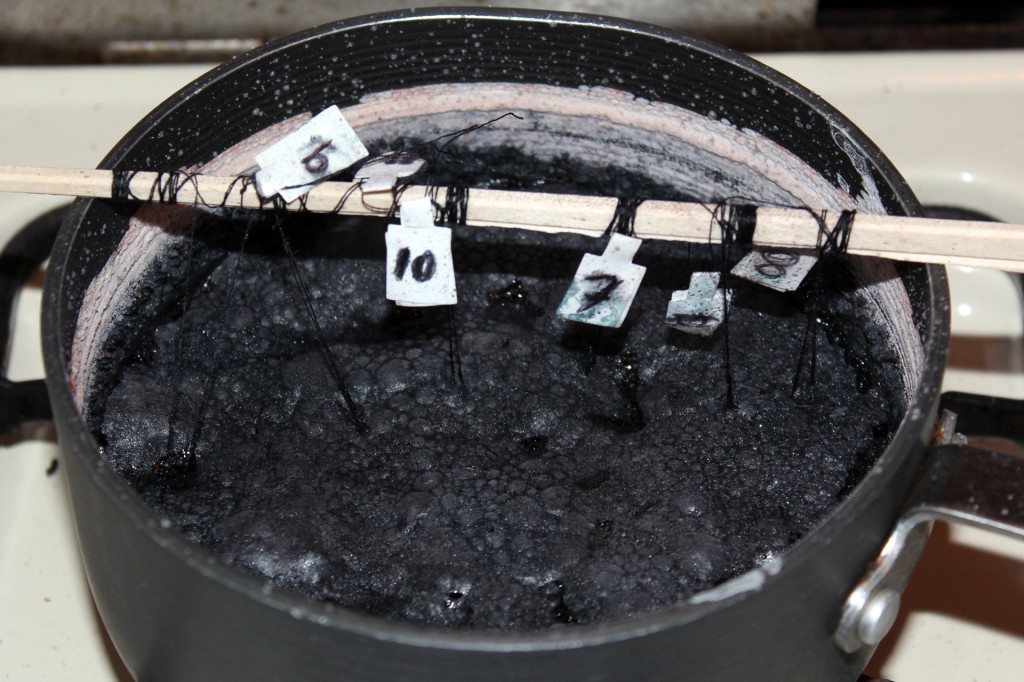 (Above) We put the pieces back in and tended them while they simmered to make sure they didn’t boil. One pot was on for just 15 minutes while the other continued for one hour (turned into the mess pictured above).
(Above) We put the pieces back in and tended them while they simmered to make sure they didn’t boil. One pot was on for just 15 minutes while the other continued for one hour (turned into the mess pictured above).
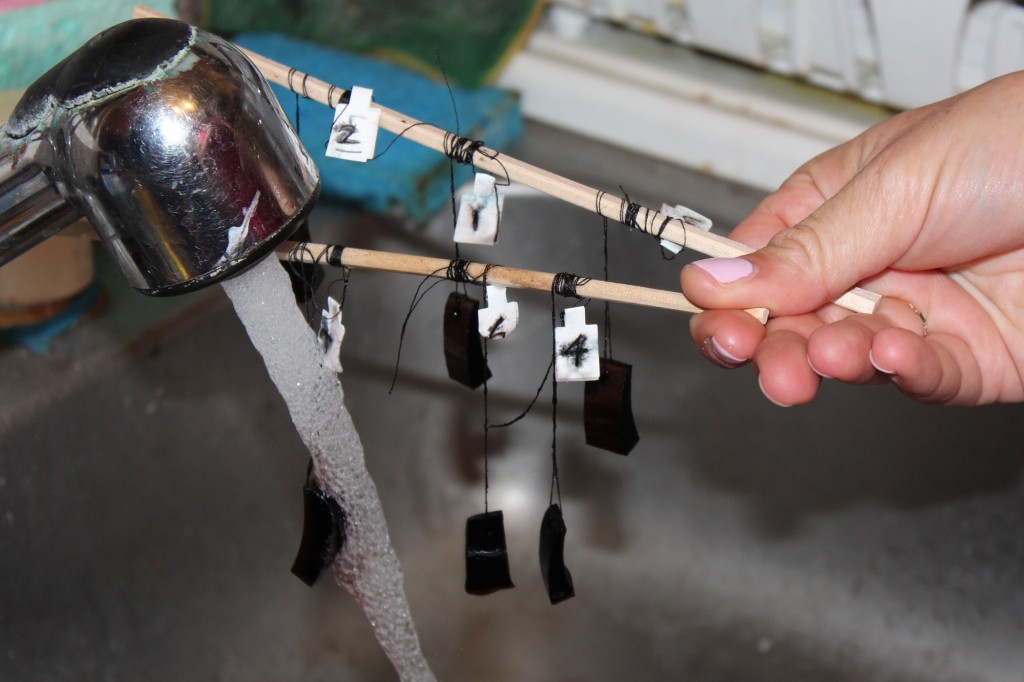 (Above) We left the pieces in the water until they cooled down to room temperature then rinsed them under cold water thoroughly.
(Above) We left the pieces in the water until they cooled down to room temperature then rinsed them under cold water thoroughly.
Back to STUDIO TAPU HOME
LIFELIKE Exhibition @ MCASD
We went to see this show about a month ago and it was really fun. I hadn’t thought much about it before but my work has a similar theme. The idea of making something which is typically taken for granted out of a new medium (in my case bone) and/or messing with the scale to give the viewer a new perspective.
Its worth checking out and while you are there, stop by the Museum Store and buy one of my bone carvings!
http://mcasd.org/exhibitions/lifelike
Bone Carving Resources – The Studio Tapu Book List
From time to time people contact me through my website asking how to go about making their own bone carving. Unfortunately unless you come from New Zealand or a Pacific Island there just are not that many resources available. So going forward I will post any and all bone carving related resources I come across and here are a few I have already found. Some of the books are hard to find but not impossible.
Bone Carving – A Skillbase of Techniques and Concepts by Stephen Myhre
This book is essentially the Bone Carving Bible. It sets a precedent for quality of craftsmanship and it will walk you through step by step how to prepare the bone, what tools to use and how to approach traditional Maori motifs without offending anyone. It is the kind of book you keep on hand when carving as a reference if you ever get stuck or forget what cleaning agent to use and so on. I recommend this book to anyone interested in bone carving be they beginner or advanced.
Scrimshaw Techniques by Jim Stevens
Not essentially a bone carving book but it does cover some bone preparation techniques relevant to bone carving. For anyone interested in scrimshaw it is a great resource. I enjoyed reading about the history of this art form and I hope to incorporate some scrimshaw into my own work at some point.
Manawa Pacific Heartbeat – A Celebration of Contemporary Maori and Northwest Coast Art by Nigel Reading and Gary Wyatt
This book covers the art of contemporary artists from Maori, Inuit and native American backgrounds. The unique cultures actually have a lot in common through their artwork which is commonly carved wood and bone amongst other mediums. Its great to see these artists getting some recognition for their skills.
Deer Antler – Practice
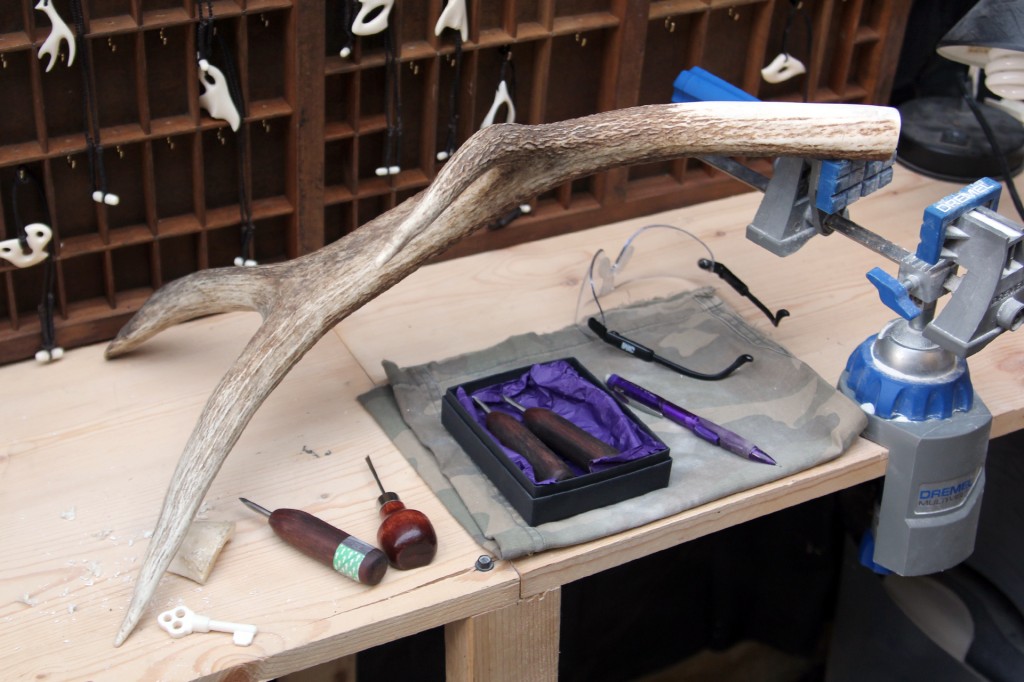
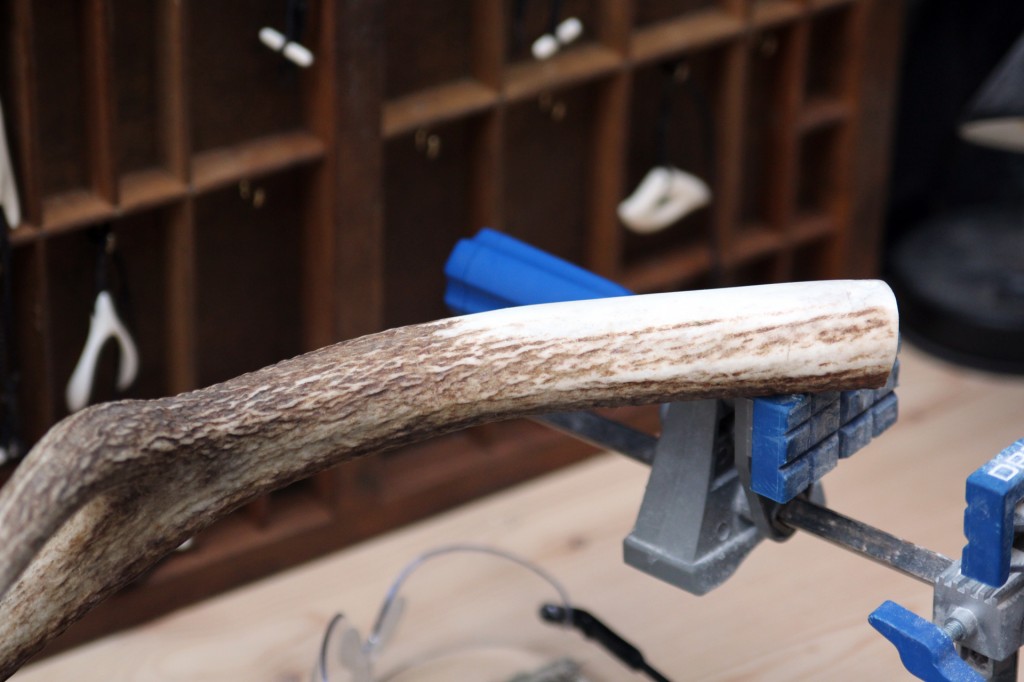
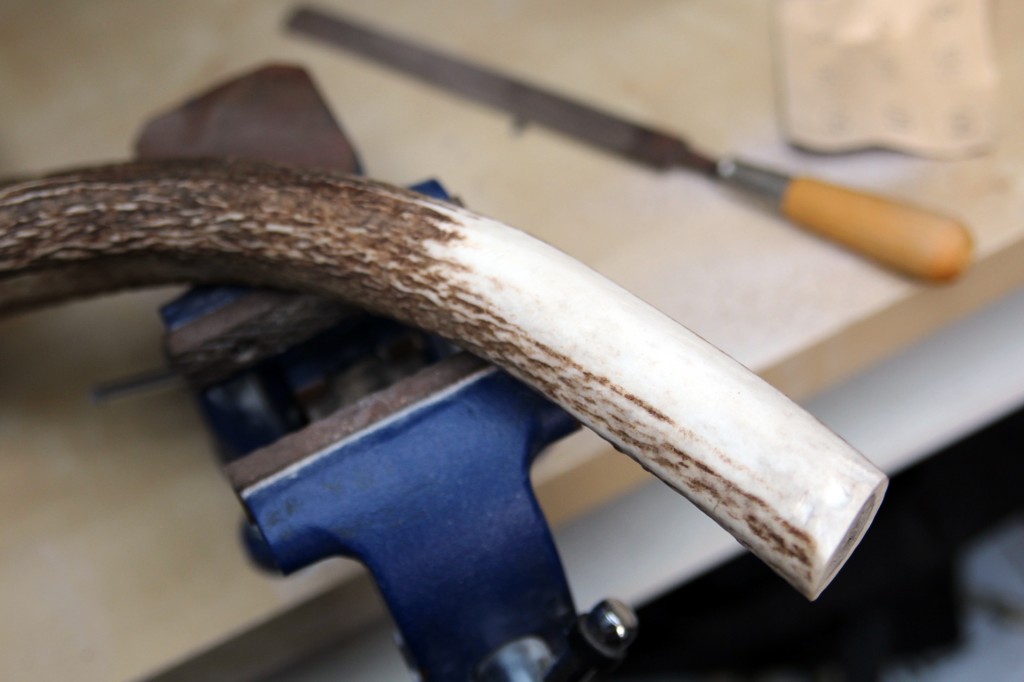
 A couple years ago I was exploring and experimenting with different types of bone and I picked up this deer antler at a Native American market. However, it was so cool, I was reluctant to carve it and so it just hung out in my Studio awkwardly taking up space and it was good inspiration for the small antler pieces I made. Now that I have a new set of gravers though, I am going to get in there and see what happens with this thing. The bone/horn is a little different and it feels softer to cut into. Like the cow bone it is hollow on the inside except for this flaky horn stuff you can see in the last photo. I’m not really sure what to carve out of it and I think it will end up just being a learning experience rather than a piece of art but we’ll see how it goes. I’ll post the results later on.
A couple years ago I was exploring and experimenting with different types of bone and I picked up this deer antler at a Native American market. However, it was so cool, I was reluctant to carve it and so it just hung out in my Studio awkwardly taking up space and it was good inspiration for the small antler pieces I made. Now that I have a new set of gravers though, I am going to get in there and see what happens with this thing. The bone/horn is a little different and it feels softer to cut into. Like the cow bone it is hollow on the inside except for this flaky horn stuff you can see in the last photo. I’m not really sure what to carve out of it and I think it will end up just being a learning experience rather than a piece of art but we’ll see how it goes. I’ll post the results later on.
Bone Carving Gravers by Ian Thorne – Master Bone Carver
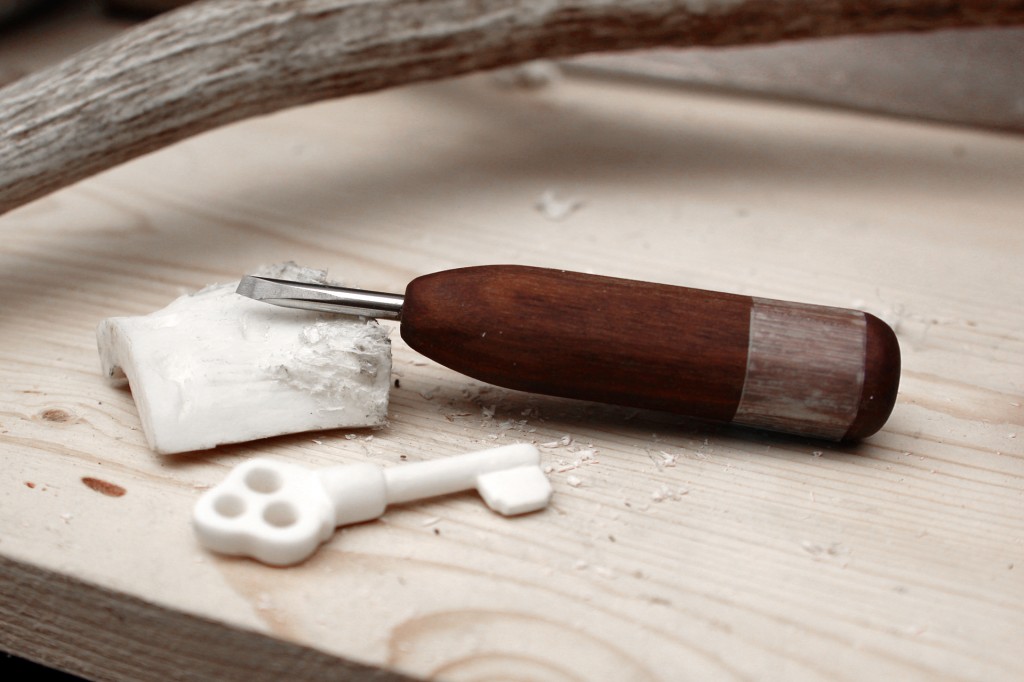
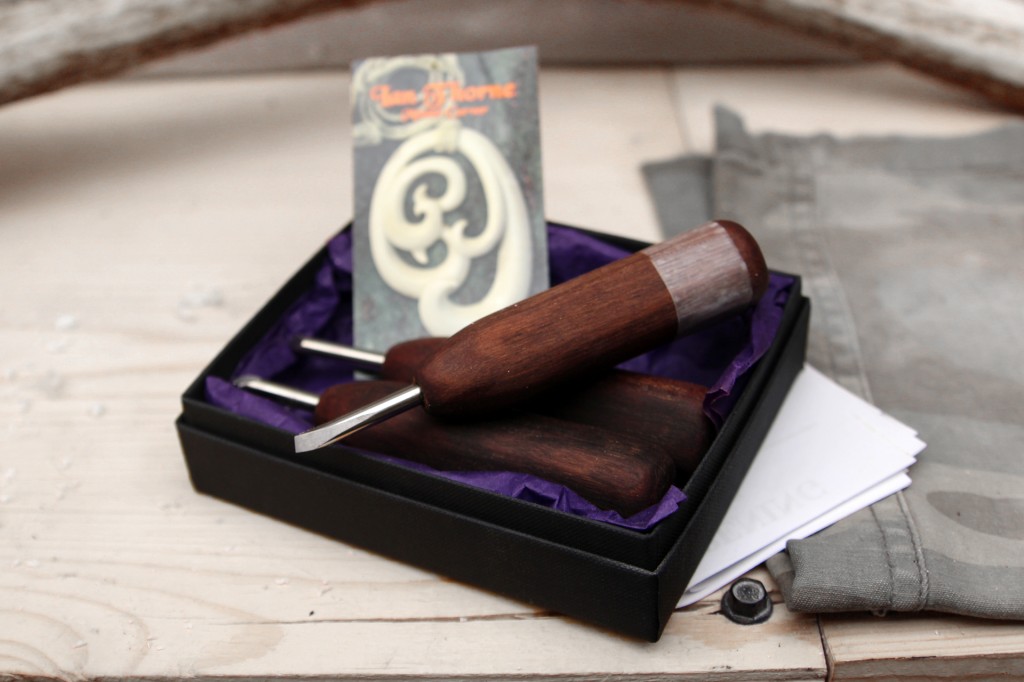
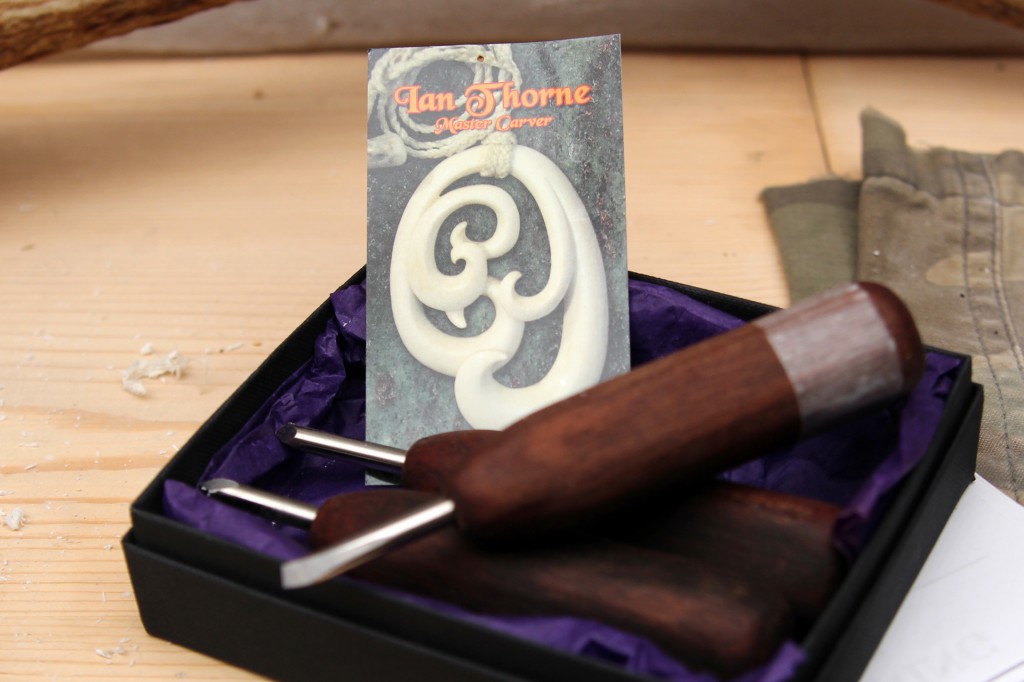 I have known for some time that gravers are a very handy tool in bone carving and some might say crucial for detailing but I have always gotten by working with files and power-tools. Lately I haven become more ambitious in my designs and also a little frustrated that I wasn’t able to do some things I would have liked to have been able to do so I started looking into gravers. First, I tried some old chisels I had and didn’t get very far although I am certain I have seen a guy carve huge chunks of bone using a chisel like it was no big deal! Next I ordered some micro-wood gravers from a model-making company and it didn’t take too long to blunt the points on those. Finally, I found a set of bone carving specific gravers on Master Bone Carver Ian Thorne’s website http://www.carving.co.nz/index.php
I have known for some time that gravers are a very handy tool in bone carving and some might say crucial for detailing but I have always gotten by working with files and power-tools. Lately I haven become more ambitious in my designs and also a little frustrated that I wasn’t able to do some things I would have liked to have been able to do so I started looking into gravers. First, I tried some old chisels I had and didn’t get very far although I am certain I have seen a guy carve huge chunks of bone using a chisel like it was no big deal! Next I ordered some micro-wood gravers from a model-making company and it didn’t take too long to blunt the points on those. Finally, I found a set of bone carving specific gravers on Master Bone Carver Ian Thorne’s website http://www.carving.co.nz/index.php
I had a little play around with them the other day and I was pleased to find they worked really well. It was slow going at first as I have no idea how to use them properly but after a bit I started getting into the rhythm and I was able to make several deep cuts into a piece of sample bone. I pulled out an old piece I had been working on of a antique key that I had become frustrated with because I couldn’t get the corners straight and I was able to use the gravers to get all those details worked out within minutes. The potential uses for gravers seems infinite right now and I am very excited to come up with some new designs that challenge my current approach to carving.
The gravers cost around a $100 NZ and they are well worth the money as the metal itself is quite expensive. They have a nice weight to them compared to the wood-gravers I was using and Ian has put them together really well with nice wooden handles. Suffice to say, I’m stoked!
Thanks Ian, your the best!!!

